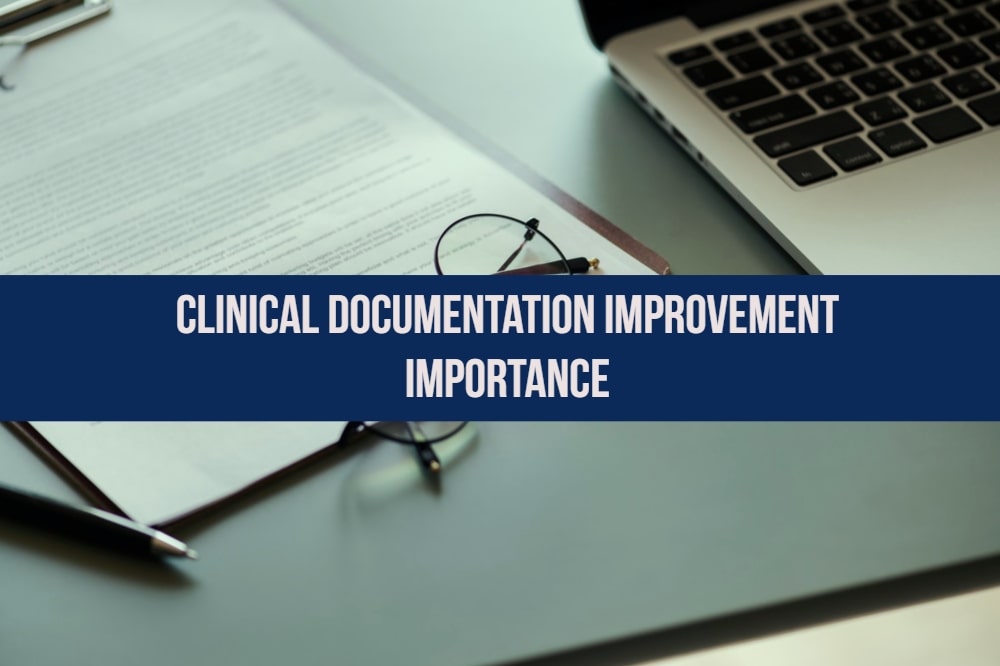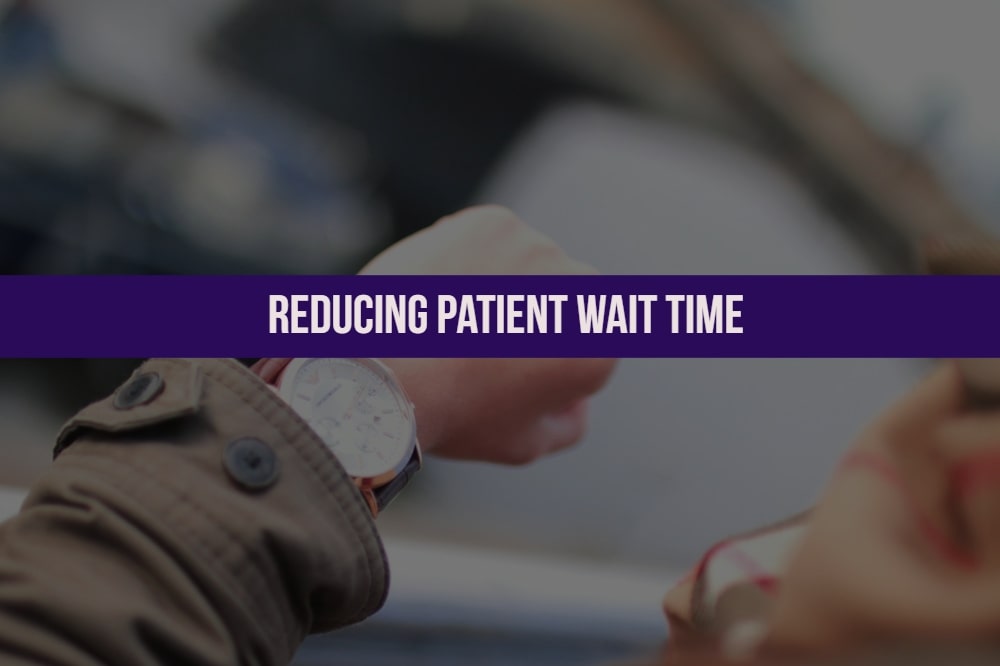In the current healthcare scenario, every patient encounter requires to be documented – both for future reference as well as for the facility to be reimbursed for the services performed. With the increase in healthcare services, the quantum of data has also increased manifold times. Along with increasing in sheer quantity, clinical data is also becoming increasingly complex. Hence it is of paramount importance that all clinical data is captured and documented accurately.
While accurate documentation has always been important and critical, changes in the way the healthcare providers are reimbursed over the last few years has brought CDI (clinical documentation improvement) to the forefront. So, what exactly is CDI? According to Denise Van Fleet, a registered health information administrator and HIM program coordinator for Rasmussen College, “CDI is an enhancement process that focuses on written documentation so that it accurately and completely reflects the clinical care provided to the patient.”
Benefits of CDI
According to a 2016 report by Black Book Market Research, surveyed hospitals with 150 or more beds outsourcing clinical documentation functions, around 90% made over $1.5 million in revenue and claims reimbursement after implementing CDI. EHR documentation alone is not enough for effective and accurate data. According to Managing Partner Doug Brown, “CDI is a key step in dramatically improving operational efficiency in healthcare organizations. Failing to address flaws in documentation processes has resulted in higher incidences of errors, financial losses and diminished patient care, and struggling hospitals will not survive on that old path.” However, CDI implementation has shown further benefits than just increased revenue.
CDI has also shown positive effects when it comes to improving patient care. Pennsylvania’s Heritage Valley Health System reported a 27% decrease in their predicted mortality rate, post implementing CDI. The coming together of clinical, documentation, and coding processes is vital to a healthy revenue cycle, and more important, to a healthy patient.
- In order to provide continuing care to a patient, complete and accurate documentation is a must. This would allow any healthcare facility to attend to that patient in a safe and beneficial manner.
- Reimbursement based on the volume of services is now passé. With the focus shifting to reimbursement on the quality of services, accuracy of documentation becomes important.
- Accurate and correct billing help enhance the reputation of the healthcare provider – not only with the payers, but also with their patients.
Why is CDI required?
According to a 2016 AMA study, for every hour clinicians spend with a patient, they then spend two hours on EHR documentation. According to the report, while providers spend 49% of their work time on EHR documentation, they manage only 27% on direct patient interactions. In addition to this, an average of 2 hours post their work time is spent on EHR data entry work. This just goes to show that healthcare providers are becoming far removed from their primary task – providing healthcare. Poorly designed EHRs and clerical tasks are further creating frustrations in healthcare providers.
CDI workflow allows healthcare providers to complete documentation gaps when they are not attending to their patients. Offsite CDI workers can query physicians through EHR systems or email, thereby eliminating the need for face to face interactions. Written queries are also clear in their requirements and reduce the chance of errors. Communication via the EHR results in less time spent tracking down physicians and more time preparing detailed queries or tracking performance management.
CDI tools and its benefits
According to a KLAS survey of 200 CDI users, the most commonly used CDI functionality among surveyed healthcare organizations were query templates, with more than 75 percent users implementing and utilizing the functionality. The second most frequently utilized CDI function was the NLP (Natural language processing) – a tool that leverages artificial intelligence (AI) to identify key information from unstructured spoken or written input. Other functionality commonly implemented by CDI users include prioritization and integrated computer-assisted coding (CAC).
According to the report, using NLP yielded more efficient results than ordinary standard approaches alone. This was amply demonstrated where standard CDI approaches took an average of 16.9 minutes for cardiologists; the NLP model took 5.2 minutes.
MedConverge and CDI
A Clinical Documentation Improvement program includes people, processes, and technology working together to ensure success. The experienced and certified CDI workers at MedConverge can effectively create a remote CDI team for your organization to cover all your documentation requirements, code assignment, coding guidelines, and quality reporting. Get in touch with us for more information on our value addition to your Revenue Cycle Management.
References
- LaPointe, J. (2016, November 03). 90% Report Clinical Documentation Improvement Boosted Revenue. Retrieved December 07, 2018, from www.revcycleintelligence.com: https://revcycleintelligence.com/news/90-report-clinical-documentation-improvement-boosted-revenue
- Monica, K. (2018). How Providers Use Clinical Documentation Improvement Tools. Retrieved December 07, 2018, from www.ehrintelligence.com: https://ehrintelligence.com/news/how-providers-use-clinical-documentation-improvement-tools
- Monica, K. (2017, June 05). Realizing the Benefits of Clinical Documentation Improvement. Retrieved December 07, 2018, from www.ehrintelligence.com: https://ehrintelligence.com/news/realizing-the-benefits-clinical-documentation-improvement
- Ruesink, M. (2016, November 21). Health Information Trends: The Importance of Clinical Documentation Improvement. Retrieved December 07, 2018, from www.rasmussen.edu: https://www.rasmussen.edu/degrees/health-sciences/blog/importance-of-clinical-documentation-improvement/



